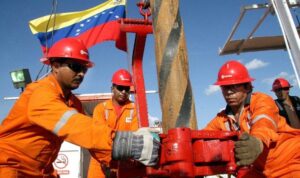
The number of deaths resulting from the series of earthquakes that hit Japan this Monday (1st) rose to 48, according to information from Japanese public TV NHK.
The tremors were felt mainly on the Noto Peninsula, about 450 kilometers west of Tokyo. The strongest earthquake recorded had a magnitude of 7.6 on the Richter scale, according to the Japan Meteorological Agency.
The agency even issued a tsunami warning for the coastal regions of Ishikawa, Niigata and Toyama, but retreated hours later. Fears of waves of up to five meters did not materialize. Only smaller waves, of around one meter, were recorded. The United States Geological Survey has ruled out the possibility of such large waves, and Japan’s emergency service remains alert for waves of up to three meters in areas close to the epicenter.
The earthquakes caused fires and left people trapped under rubble on the west coast of the main island. At least 36,000 homes were left without electricity in Ishikawa and Toyama, according to the concessionaire responsible for the service.
According to the Japan Meteorological Agency, aftershocks could continue to occur for up to a week. Therefore, Prime Minister Fumio Kishida asked the population to remain alert.
The Japanese government stated that there were no abnormalities recorded at nuclear plants in the areas hit by the earthquakes and at nearby stations. Japan has not issued a tsunami warning since March 2011, when the Fukushima nuclear plant was hit.
Editing: Nicolau Soares
Source: www.brasildefato.com.br

